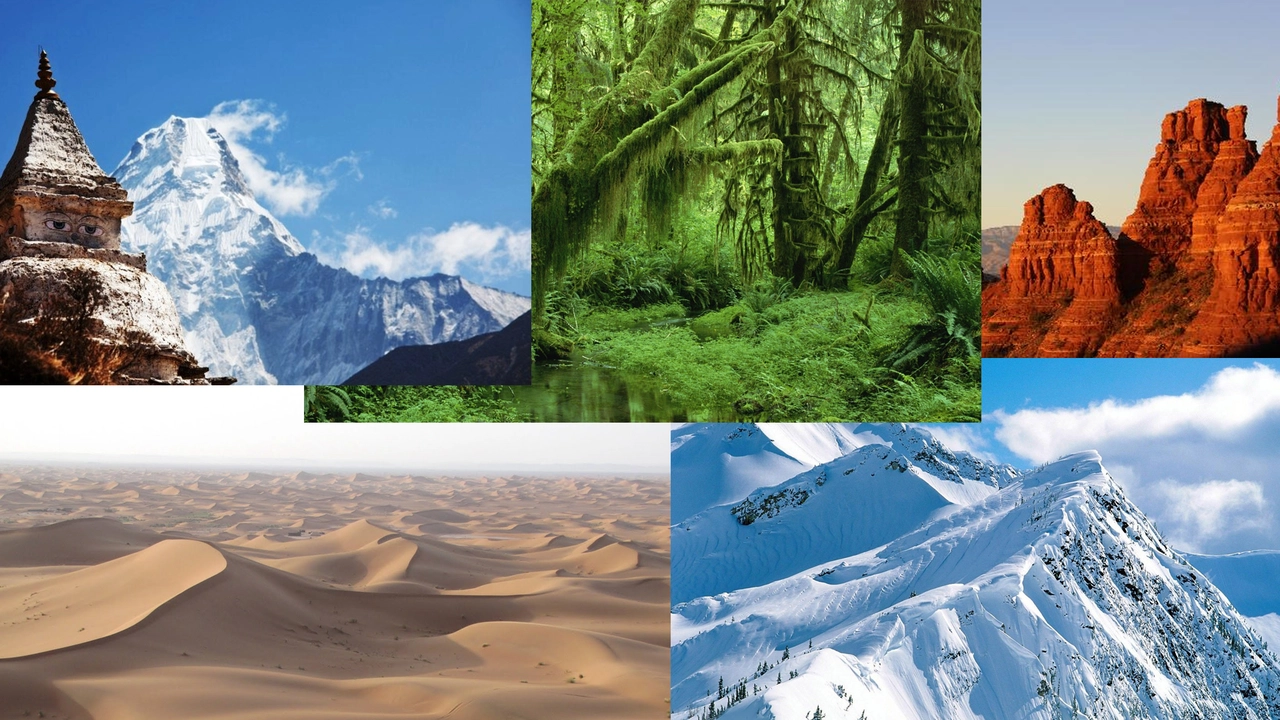Culture & Geography: How India and Australia Differ
Ever wondered why India feels like a bustling market while Australia feels like an endless beach? You’re not alone. The two nations sit on opposite sides of the globe, and that distance shows up in everything from the food on your plate to the way people greet each other. Let’s break down the biggest cultural and geographic differences so you can see why each place stands out.
Cultural Contrasts
First up, daily life. In India, family gatherings are huge events. You’ll often hear multiple generations sharing a meal, with spices filling the air and music playing in the background. In Australia, the vibe is more laid‑back. Friends might meet for a barbecue (or “barbie”) on a sunny weekend, and the focus is on casual conversation and outdoor fun.
When it comes to greetings, Indians commonly use "Namaste"—hands pressed together, a slight bow. Australians, on the other hand, are all about the handshake, a quick hug, or even just a friendly "Hey, mate!" Language reflects this too. India has dozens of official languages, with Hindi and English being the most common. Australia’s official language is English, but you’ll hear Aboriginal words sprinkled into everyday speech, especially for place names and wildlife.
Geographic Highlights
Geography paints a vivid picture of each country’s character. India spans the Himalayas in the north, a massive desert in the west, and tropical coastlines in the south. This variety means you can ski in winter, sit in a desert camp at dusk, and surf on a warm beach all in one trip. Australia is dominated by a flat, arid interior called the Outback, surrounded by coastal cities that enjoy a temperate climate. The Great Barrier Reef, the world’s largest coral system, sits off the northeast coast—something you won’t find anywhere else.
Climate influences lifestyle, too. India experiences a monsoon season that brings heavy rain and lush green landscapes for a few months each year. Australians deal with a more predictable seasonal pattern: hot summers, mild winters, and occasional bushfires in certain regions. This affects everything from the clothes people wear to the agricultural products that grow locally. Think mangoes and spices in India versus wheat and barley in Australia.
Food habits echo these differences. Indian cuisine relies heavily on spices, legumes, and rice, creating dishes that can be fiery or subtly flavored. In Australia, the diet leans toward meat, especially beef and lamb, fresh seafood, and a growing trend of multicultural foods thanks to immigration. You’ll find a strong café culture in both places, but the menu items are worlds apart.
Even entertainment varies. Bollywood dominates the Indian film scene, churning out colorful, musical movies that run for three hours. Australian cinema often focuses on realistic storytelling, with films like "Rocky Road" highlighting local landscapes and social issues. Sports are a big deal in both nations but differ: cricket and field hockey are huge in India, whereas cricket, rugby, and Aussie Rules football dominate Down Under.
Bottom line? India and Australia share the English language and a love for sports, but their cultural rituals, geographic landscapes, and everyday habits could not be more distinct. Knowing these differences helps you appreciate each country’s unique flavor, whether you’re planning a trip, studying abroad, or just feeding your curiosity.

What is the difference between India and Australia?
Well, folks, India and Australia are like chalk and cheese, yet both are captivating in their own ways! Imagine India as a thrilling Bollywood movie filled with vibrant colors, spicy food, and an ancient, rich history. Australia, on the other hand, is more like an adventurous Hollywood flick, with its stunning beaches, barbies (that's barbecues, mates), and a wild, untouched wilderness. While India will mesmerize you with its bustling cities and spiritual traditions, Australia will wow you with its laid-back lifestyle and unique wildlife. So, while they are worlds apart in many ways, both these countries have their own dash of spice and sparkle!